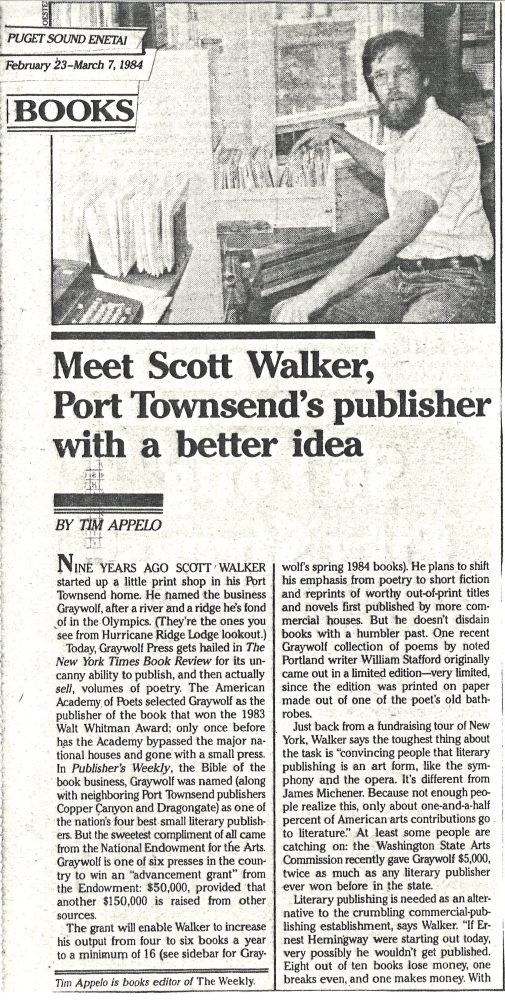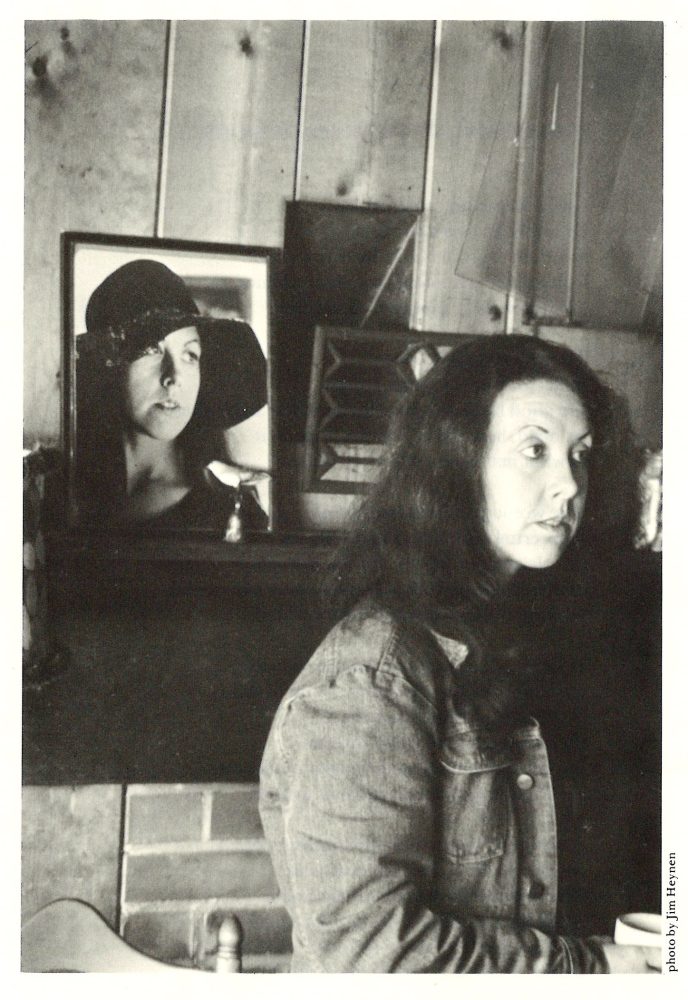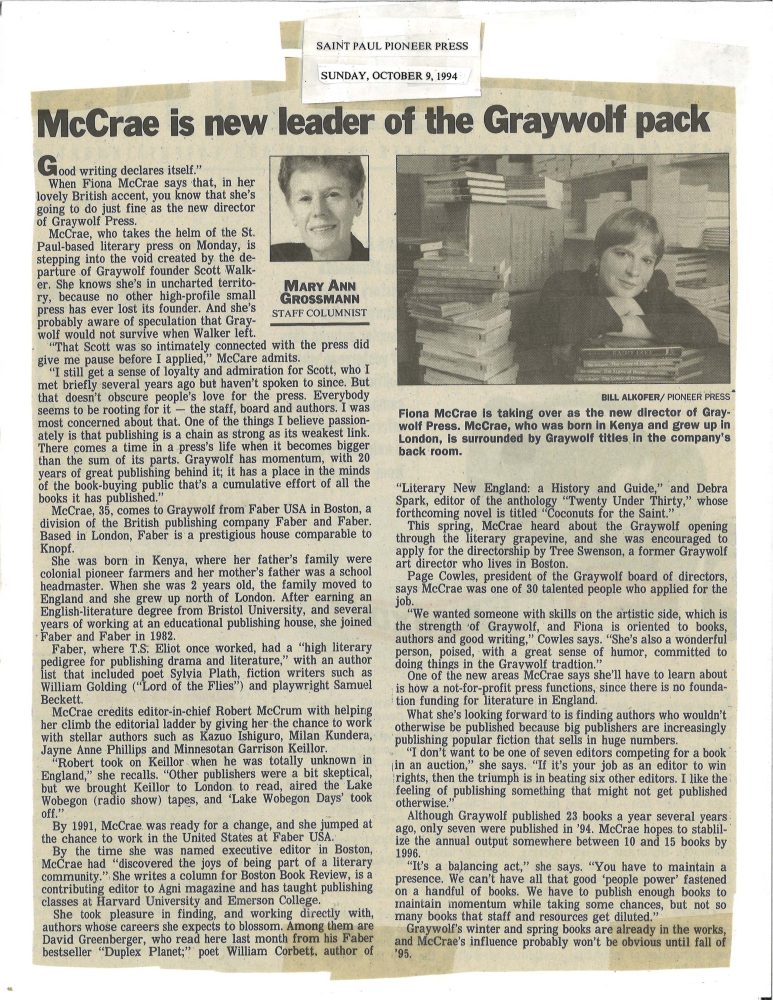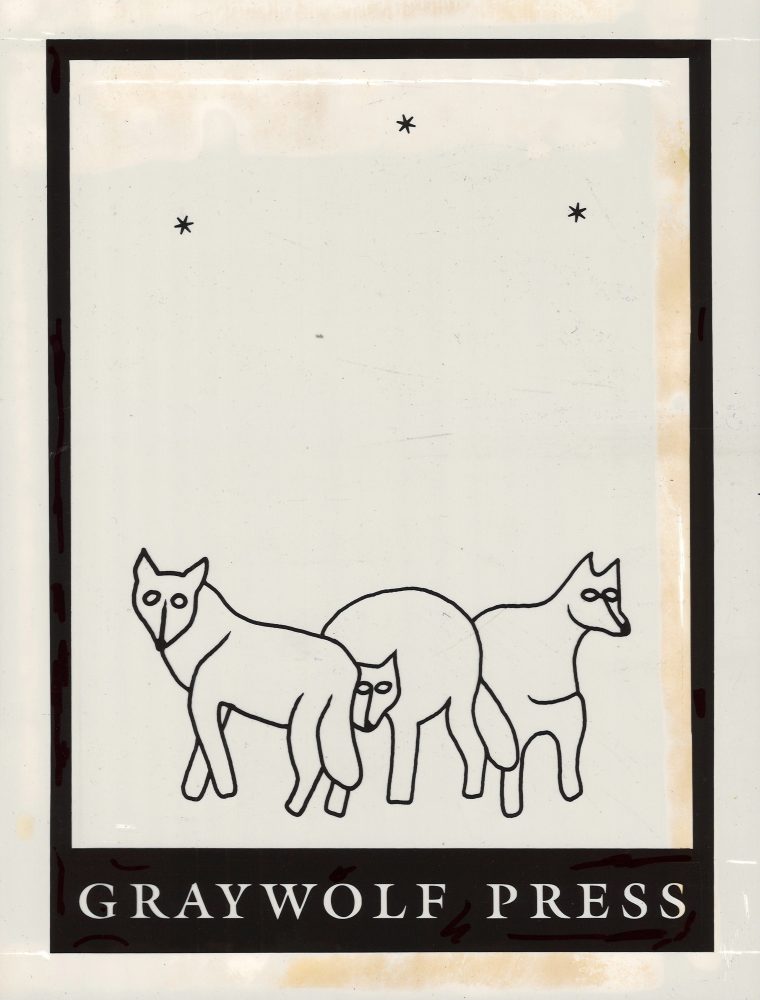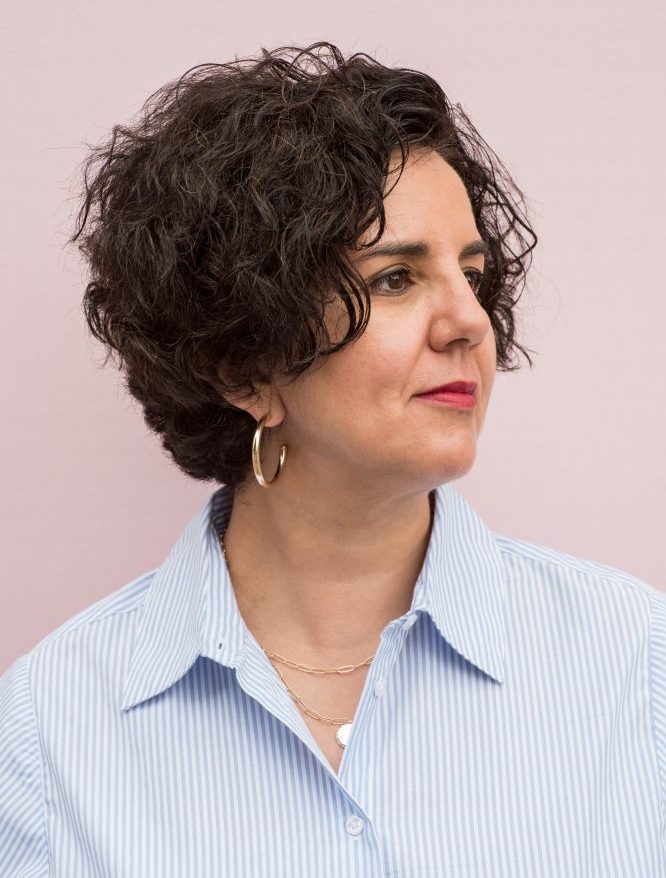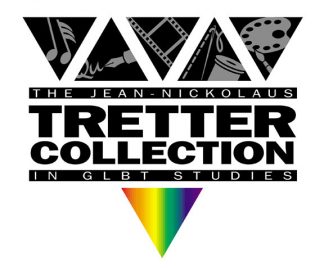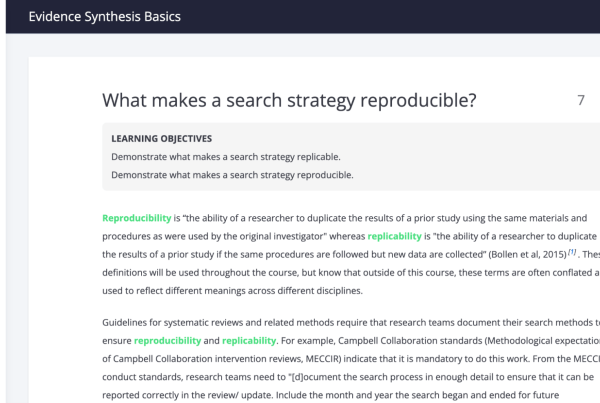Related exhibit
The exhibit, “Graywolf at 50: First Drafts and Next Pages,” will be on display Feb. 19 to May 17 at the U of M’s Elmer L. Andersen Library — home to the Graywolf Press archive.
Graywolf Press, a nonprofit publisher based in Minneapolis, doesn’t focus on publishing brief bestsellers. Instead, Graywolf hunts for literary prestige, for the authors and novels with staying power.
Now after decades of success in the small publishing sphere, Graywolf is celebrating its 50th anniversary. But for Executive Director and Publisher Carmen Giménez, there’s no time for complacency.
“It’s been really exciting to build on what’s fantastic about Graywolf, and then also to imagine what’s next,” Giménez said.
From a print shack in Washington to downtown Minneapolis
Graywolf Press was born between the Graywolf Ridge and Graywolf River in Port Townsend, Washington, in 1974, and has a fabled, DIY origin story.
Founders Scott Walker and Kathleen Foster set up their press in a “print shack” with the help of a chicken-raiser next door. Their neighbors were all builders and fishermen, Walker told City Pages in 2008.
They specialized in limited-edition poetry chapbooks, each printed on a letterpress set by hand. Once printed, the pages were folded one by one, then handsewn by needle and thread. Production could take months, with sometimes literal blood, sweat, and tears going into the binding.
- “Meet Scott Walker, Port Townsend’s publisher with a better idea” by Tim Appelo for The Weekly, now called The Seattle Weekly.
- “One for the Books: The literary passions of Scott Walker, founder of Graywolf Press, purveyors of fine writing beautifully published,” published in July 1985. (Photo/Sandy May)
After 10 years in Washington, Walker aimed to turn Graywolf into a nonprofit publisher, and decided to resettle in the Twin Cities, ripe with foundation money and home to two other nonprofit presses, Milkweed Editions and Coffee House Press.
While Graywolf had fruitful hits with authors like Tess Gallagher, Dana Gioia, and Jane Kenyon, the press was falling into debt by the mid-1990s, leading to stiff cutbacks and restructuring. During this upheaval, Walker turned his position over to Fiona McCrae, the director and senior editor of Faber & Faber USA in Boston.
Before becoming publisher, McCrae was already familiar with Graywolf’s authoritative works and writers. She decided to lean into that reputation, with the understanding that Graywolf’s financials would flow from literary importance.
McCrae paired that with a “friend-raising” and fundraising approach, as described by Mpls.St.Paul Magazine in 2016 — that is, relying on individual contributions as well as foundation funds and grants.
- Promotional photo of Tess Gallagher, a frequent Graywolf author. Her book “Instructions to the Double” was Grawyolf’s first award-winning publication. (Photo/Jim Heynen)
- “McCrae is the new leader of the Gray Wolf Pack” by Mary Ann Grossmann for the Saint Paul Pioneer Press on October 9, 1994.
And it paid off. This strategy brought not just long-term stability, but the ability to take risks, to publish authors that might get squeezed out of the market, and publish formative books that the general public needs to read. These books are risks, but they’re risks worth taking.
“Market pressures might say, ‘No one is going to read this book.’ And we can say, ‘Maybe not, but it’s brilliant. So we’re going to do it anyway,’” Giménez said. “And then come to find out, actually lots of people are going to read this book.”
Collage, horror, and the nonprofit timbre
Graywolf’s nonprofit nature can give books a longer lifespan than other presses. The team has championed Percival Everett for decades, but he’s only recently gained mainstream recognition, with the film “American Fiction,” adapted from his novel “Erasure,” receiving five Oscar nominations this year, including Best Picture, Best Actor, and Best Adapted Screenplay.
The press also has variety, publishing between 30 to 35 books a year, by authors domestic and international in all stages of their careers. The team has the freedom to accept books that may need time to proof, but by the time they reach shelves, will be powerhouses for readers and writers alike.
But what makes a meaningful book? For Giménez, it’s literature that reflects the voices often unheard in traditional publishing, that’s formalistically experimental, that speaks with urgency, and simply, it’s the books written beautifully.
“This book is significant. It’s not significant in the way that is going to sell a million copies, but it’s significant in a way that it’s going to be a transformative experience for a reader,” said Giménez who became Graywolf’s third publisher in 2022 following McCrae’s retirement. “And that’s the role of a press like Graywolf.”
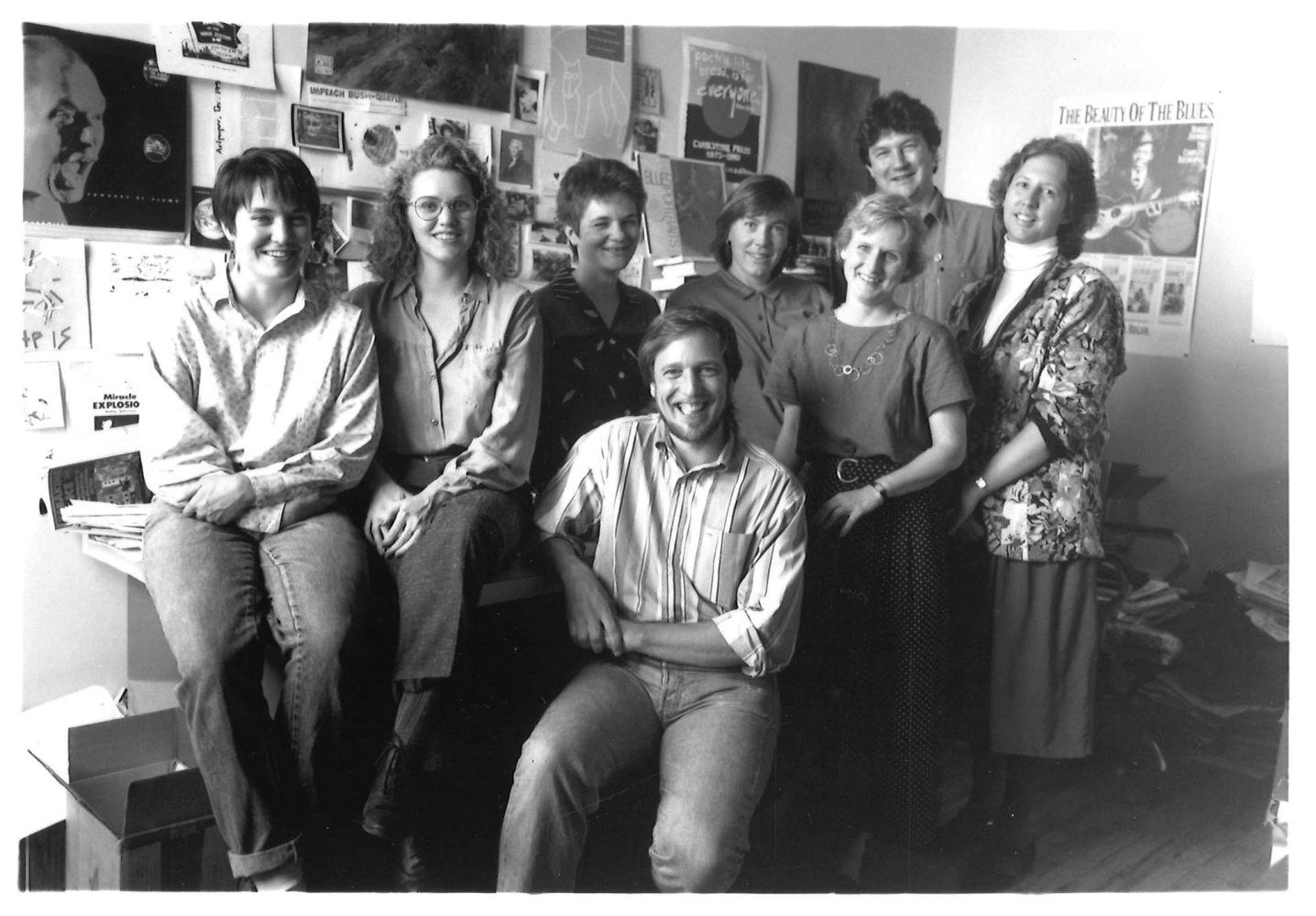
Graywolf Press staff in their St. Paul office. From left to right: M. Lee, E. Gjere, E. Foos, S. Walker, M. Madison, A. Czarniecki, C. Faatz, B. Milligan. (Photo/Wing Young Huie)
Selling a million copies would be nice though, and Graywolf is well on its way, surpassing $3 million in book sales in 2022. It helps that the press published two Pulitzer Prize winning books (Tracy K. Smith’s “Life on Mars” in 2012 and Vijay Seshadri’s “3 Sections” in 2014) and pioneered the lyric essay, a genre-blending form of nonfiction that takes cues from confessional poetry.
The genre-blending books are particularly exciting for Giménez. Today’s “cutting edge” works, like Lucy Ives’ “Life is Everywhere,” are modal mixtures, existing on the intersections of fiction and nonfiction, between the borders of old and new forms.
“We’re always collaging,” Giménez said. “What is it that we’re drawing from and how are we putting it together?”
Collage is a core tenant of Internet culture, especially with the post-2020 pandemic influenced, social media climate. So Graywolf is searching for the writers and subjects that encapsulate this amorphic, historical moment.
To help reach new audiences, the team recently announced Graywolf Lab, an online magazine and podcast that will feature roundtable discussions on various themes, responses to that initial discussion, and conversations led by Graywolf authors.
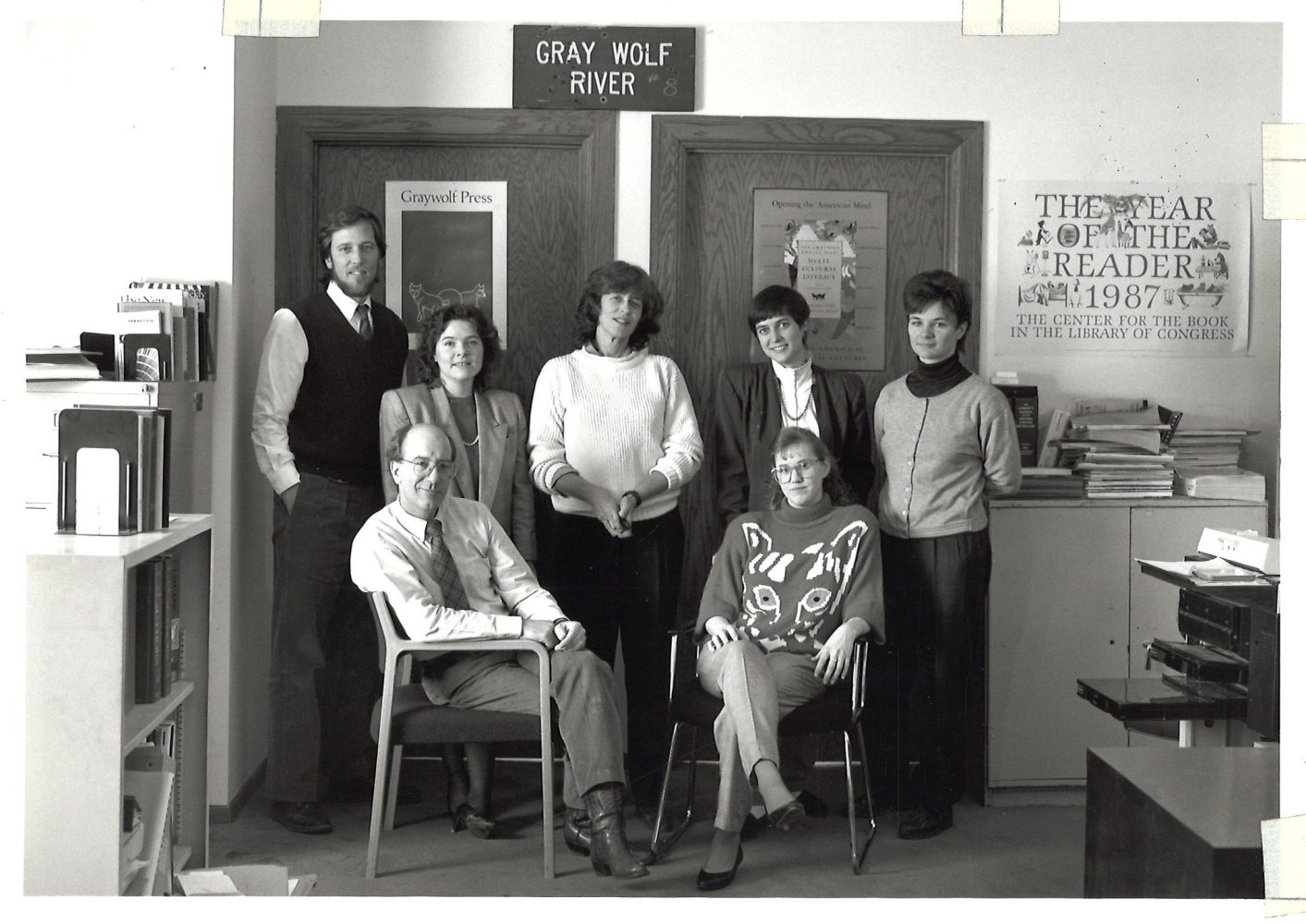
Graywolf Press staff in their St. Paul office. Standing from left to right: Scott Walker, Sheila Murphy, Pat Davis, Cathe Nelson, Ellen Foos. Seated from left to right: Paul Schultz and Elizabeth Gjere.
Giménez also has her antenna tuned to TikTok, specifically the BookTok subcommunity, which arose during the COVID-19 lockdowns. The community has book clubs, reviews, recommendations, and has garnered billions of views in the past four years. Giménez sees marketing potential, of course, but also a direct line into the interests and priorities of young readers.
During her own downtime reading, Giménez feels something afoot in the speculative, horror genre, like “Her Body and Other Parties” by Carmen Machado, a short-story collection published by Graywolf in 2017. And she sees climate change’s hold on our collective anxiety, which will only become more relevant with time.
First, you have to see possibility
To commemorate their 50th anniversary, Graywolf is releasing “Raised by Wolves,” a communal anthology, with 50 Graywolf poets selecting 50 poems by other Graywolf poets, coupled with prose reflections on their selections.
The University of Minnesota Libraries’ Upper Midwest Literary Archives, which houses Graywolf’ archives, is holding “Graywolf at 50: First Draft and Next Pages,” an exhibit that explores the relationship between Graywolf editors and authors. It’ll display manuscript pages with notes between the lines and in the marginalia, photo albums, publishing awards, and other artifacts from the collection.
“We don’t see how much effort goes into making a beautiful sentence, but it’s a massive amount of effort,” Giménez said.
And she would know. Giménez herself has written six poetry collections, four chapbooks, a memoir, and edited two anthologies. Before becoming the press’ executive director, she published her most recent collection, “Be Recorder,” with Graywolf in 2019.
- Negative of the classic Graywolf Press logo used for printing posters.
- Carmen Giménez
“My work as a writer has always been informed by my work as a publisher,” she said. “It’s definitely informed my work as an editor and how deeply I go into a book.”
She worked with Jeff Shotts, a “gifted visionary editor” and Graywolf’s director of poetry. In their first brief conversation about her book, his comments were transformative and made her draft “a million times better.”
The strength of Graywolf editors is to first see possibility, and then secondly to help writers fully realize the power of their work. Giménez has always been able to see and feel the team’s passion for every book, and it’s inspired her now as publisher to share that passion, and understand how to tell the story of a book.
“I continue being a writer, but in a way, I much prefer every other part of the life of a book,” Giménez said.
“Graywolf at 50: First Drafts and Next Pages” – curated by Erin McBrien and designed by Darren Terpstra – will be on display at Elmer L. Andersen Library’s ground floor gallery from Feb. 19 to May 17, and open during regular library hours.



